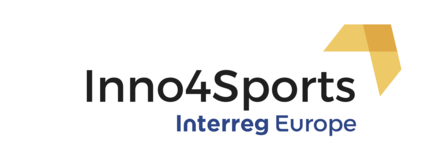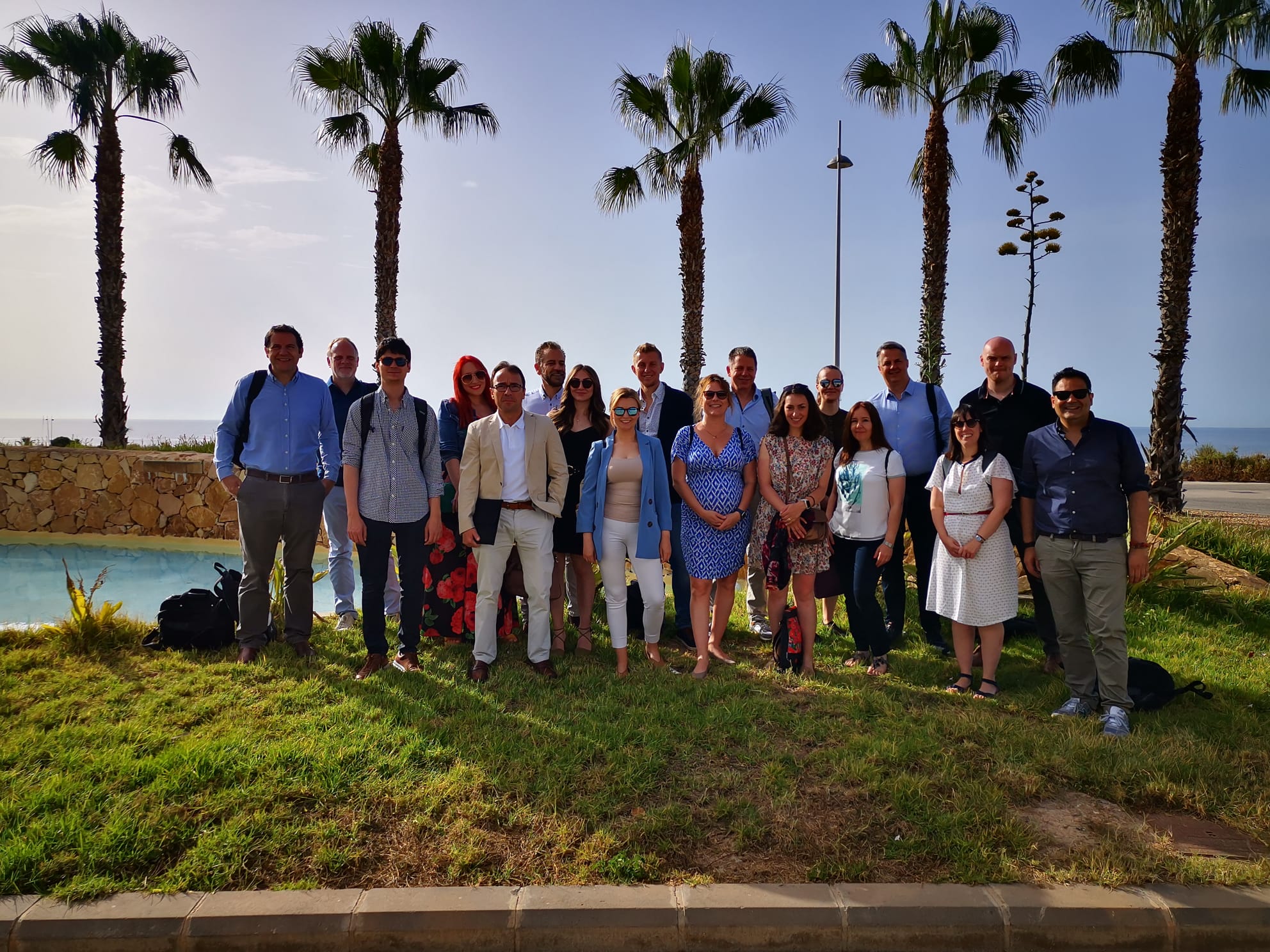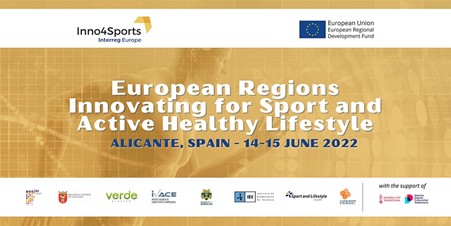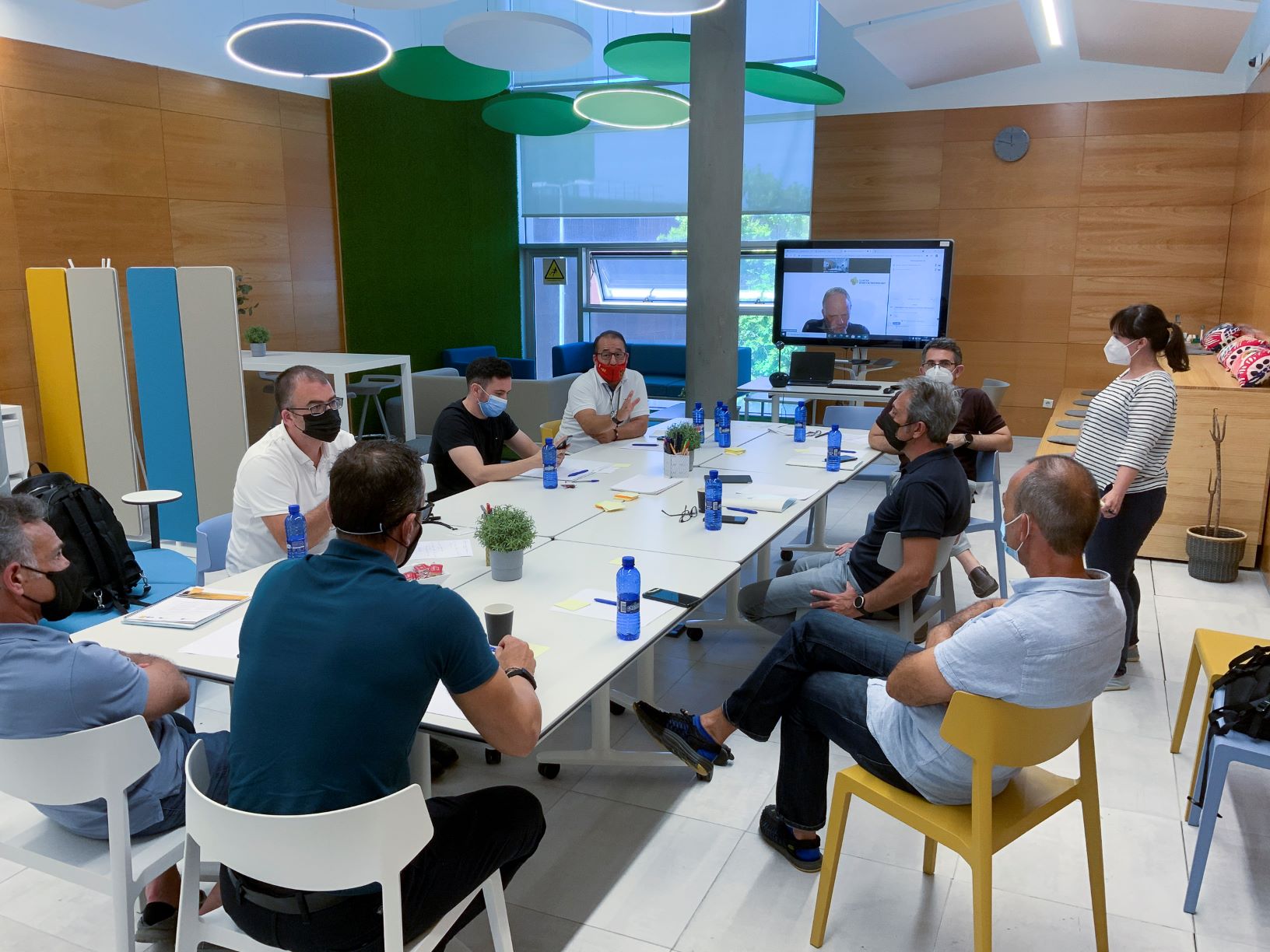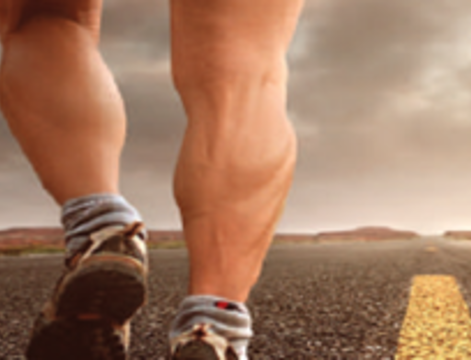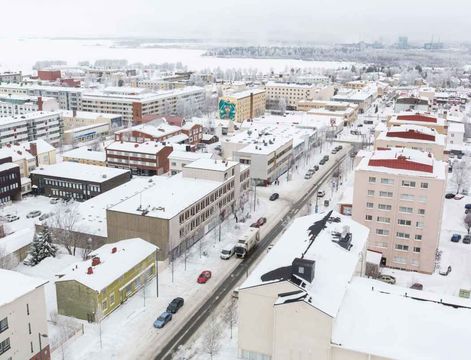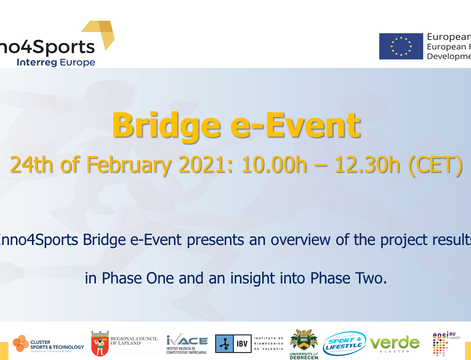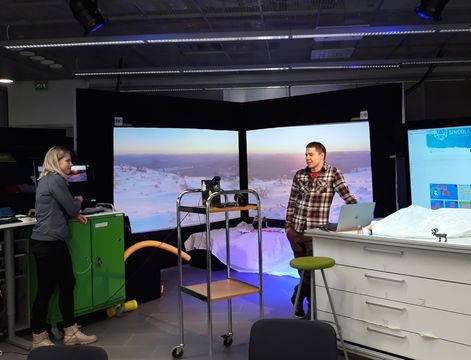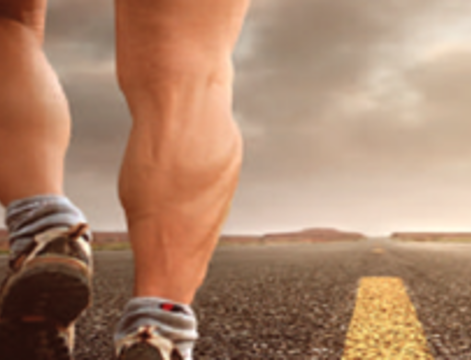Levante U.D. was founded in 1909 and it is the oldest football club in Valencia.
Circa 2.96 million of Spaniards play soccer intensively, which makes them experience an improvement in their subjective well-being. It's the sport with the greatest potential to reach and attract large numbers of children and young people. Apart from the activity generated by professional football, this sport is popularized by the fact that it can be carried out with minimal equipment (basically the ball) and simple and clear rules that allow its adaptation to almost any environment outside the stadium, with the condition that it has to be a quiet flat and clear space. Talking about football today means to face a complex reality, since a true economic sector is emerging with a strong impact in economic and employment terms. Likewise, it's essential to consider the impact at the level of well-being, in all its dimensions: physical, social, motivational and community. Hence, we have spoken with Miguel Ángel Buil, an expert in sports medicine and a person who works in close contact with the elite of soccer in the Valencian Community.
1.- From your long experience in the football sector, what are the main lines of technological innovation in football that can change the future of this sport?
As in other fields, the need to handle important amounts of data is evident today, with algorithms that relate physiological, bio-mechanical data, game materials (both personal and installation), image analysis, and psychic aspect of players and their equipment. With these analysis we may help decision-making on the best team line-ups, as well as aspects of programming individualized training or recuperation session, or tactical aspects of the game. The improvement of the handling this data will be the key to improve individual performance, minimize injuries, overloads, etc ... and in the collective part, the improvement of the team's performance.
2.- How do you think a football club like Levante could contribute to innovation in sports?
An idea can be to participate actively in R&D and to allocate resources, both economic and personnel, in collaboration with other actors of the research and development environment with the common goal of improving performance and reducing injuries/pathologies.
3.- You also have a proven experience in the management of municipal sports in Valencia city. In your opinion, what strengths and opportunities does Valencia have to become an outstanding region in sports innovation? And in football?
If we talk about the set of sports activities this geographical area offers plenty of opportunities with an exceptional climate, plus the presence of large universities with their research focuses, and other sectors of research-development-innovation very close. Speaking about football, the presence of 2 teams in La Liga in 1st division is very important to have an economic engine, image, social mass, media focus, and all this energy that revolves around football must be used to raise projects than may boost the study of all the possible improvements of which we spoke in the previous points. If we also achieve that what is studied for football can have an impact on other sports, we will contribute to the growth of sport in the Valencian Community, and the social and cultural impact will be even greater.
4.- What measures, instruments, policies ... could the different administrations deploy to exploit this potential?
The first is to design long-term policies that are not altered by fads or specific short-term influences. We should a have an "apolitical" estates that do not depend on the partisan turnic in the local governments to trace the action plans. It is very important to have a mixed budget allocation, involving the local business sector, generating direct and indirect benefits on industry and services, seeking business collaboration from different sectors and bringing together in multidisciplinary work groups decisions, task sharing, and also benefits (we have examples very close in aerospace engineering projects that even agglutinate different countries).
5.- Finally, thinking about cooperation with other European regions, what possibilities do you find most interesting?
I’m not an expert on this topic but, if I know something of the medical-sports theme, I must say that in Nordic countries there are already traditional schools of sports physiology study, in Spain we have large working groups in pathology and injuries in sport, Italy has highlighted for decades with cardio-circulatory pathology associated with sports, and France stands out in centers of national training in "grassroots" sport. I do not know the relationship between these countries in international projects, but the pharma industry could be an initial link to connect health with sport.
Follow U.D. Levante: www.levanteud.com & Inno4Sports project at www.interregeurope.eu/inno4sports/
